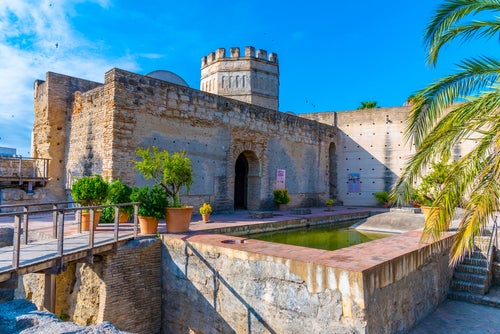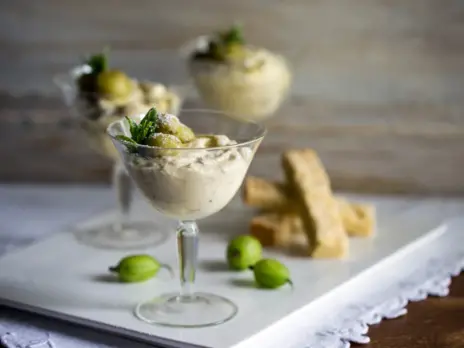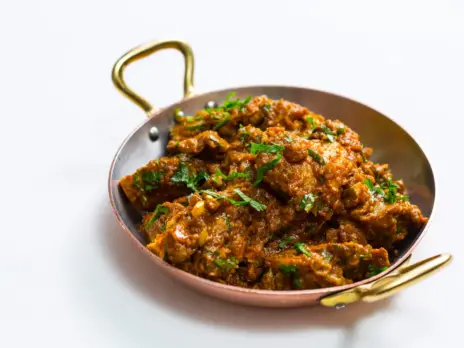
Andrew Jefford tastes 2022 Prince Alexandre Chavchavadze Tsinandali Estate Kakhetian Blend Qvevri.
Why do we do it? Why do we rip white grape juice away from the protective skin in which it comes into being? What leads us to carry out this act of separation?
It is, like the sieving and milling of flour or the polishing of rice, a refinement. We’ve come to consider the skins of white grapes mere husks. We’re able to produce a translucent wine of alluring color by forcing white grapes up against a wall, crushing and pressing the juice from them, then throwing those skins quickly away. The result is, it’s true, a wine through which light can cascade. Gold initially; more silver of late. We’re now so refined in our refining that we can abolish color altogether. We drink transparent wines barely haunted by the silver of steel—the vessel in which they often come into being. We pour glassy wines from our glass bottles.
That refinement has its counterpart in aroma and flavor: the abstraction of fruit alone, and its preservation (initially by the gas of ferment, now by exotic gassy cousins) from the homogenizing fangs of oxidation. This was not a foolish maneuver, since it opened the door on a world previously inaccessible and perhaps undreamed of, a world of extraordinary diversity and delight. It also helped us see the marrowy core of wine itself: vinosity, stripped bare; a play of sinew, revealed to the anatomist’s curious gaze. Being human, we carried on tinkering—with wooden barrels of all ages and sizes, which gave us the chance to recruit new flavory elements for our orphan fruit. We learned, too, to trap bubbles inside wine and feel foam, not tannin, on our tongues. And so on and so forth… to the wine world of today, with which we’re all so familiar.
Creating skinless white wines was a strange thing to do, all the same. Stranger still, we forgot the alternative: We forgot the whole-grape original.
Every great red wine—from the palest Chambolle, to the densest Pomerol or Pauillac—is whole-grape wine. We tend not to make skinless wines from red grapes—except when we have bubbles in mind. (That’s strange, too. And sure enough, wine’s vanguard is now exploring the possibilities of unbubbly blanc de noirs, of skinless reds.)
Almost all white wines, by contrast, are skinless wines. What happened to our whole-grape whites? That was the way wine began, red and white alike: trodden bunches, set to ferment in a stone tank.
Amber glory from a qvevri
Georgia never forgot. Perhaps because the thread of memory goes back further here than (so far as we know) anywhere else: some 8,000 years. Remarkable endurance, given Georgia’s history: a long trauma of invasions, tyrannies, massacres, and enslavement, broken by short and breathless interludes of independence and cohesion. Romans, Mongols, Persians, Turks, and Russians—all repeatedly tussled for domination of the central Caucasus; Tbilisi’s dawn streets often echoed to the muezzin’s call. Tbilisi’s dusk streets now echo to the cries of fiercely repressed demonstrations, as its students and citizens attempt to push back against new Russian domination, forced on them by an illegitimate government.
Yet whole-grape white wine—thus amber in color—is still made here, as it always has been, using entire berries, sometimes clutching their stems in whole clusters, fermenting in buried clay vessels called qvevris.
Here’s how this whole-grape white wine is made. Grapes of four different indigenous Kakheti varieties (Rkatsiteli, Mstvane Kakhuri, Khikhvi, and Kisi) are double-sorted, destemmed, and co-fermented in two separate 1,500-liter buried qvevri for three weeks (with punch-downs three times a day; both qvevri are part-filled at this point). When fermentation and the malolactic are complete, the wine from one qvevri is transferred to the other, which is now fully filled and sealed for maturation with the remaining skins. There it remains for six months, undisturbed (apart from a small monthly sample for laboratory testing). At the end of that aging period, the qvevri is unsealed and the now bright and stable wine is removed from skins and sediment, cold-stabilized, and lightly filtered before bottling.
It’s a light amber in color: autumn light. Aromatically, it’s clean, refined, calm, layered, and harmonious. Not entirely fruitless: apricots and persimmons, recollected, like a childhood memory. Whole-grape whites bring you an aromatic landscape and not just the glistening bunch; on the palate they seem to bring protein, plant matter, and lignin. Their joy often lies in trembling ripeness, shawled in flavory tannins, informed by fermentative richness, and running on a fuel of transformed fruit; so here. The taste of this wine is as supple as it is full, generously contoured, unfolding amply, its acids glowing in sunset style, nourishing to the last. A wine to eat, as well as drink. Nothing crabby; nothing drying; nothing rank. Complete wine from whole fruit.
Now the prison door lies open. Whole-grape whites—orange, amber—are out on the hills once more. Beyond Georgia, a few visionaries (like the Gravner and Radikon families) led the way; the curious on every continent now follow. More important, you and I are accommodating our mouths to the new language, the new beauty of these new yet ancient wines. Eventually, our finest red wines will face amber brides across the dinner table. Our table pleasure will be richer for this; our digestions will thank us. This is not a battle: Skinless white wines have brought us much joy; they will continue to do so. But there is no substitute for the satisfaction of the whole grape, chased through its fermentative metamorphosis to amber glory. Thanks, Georgia.






